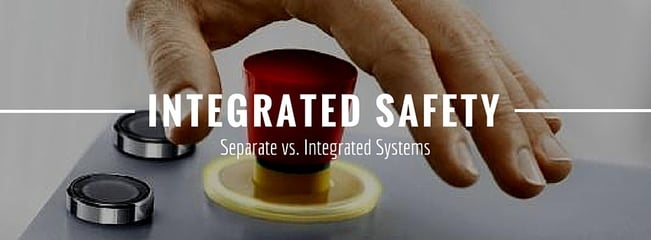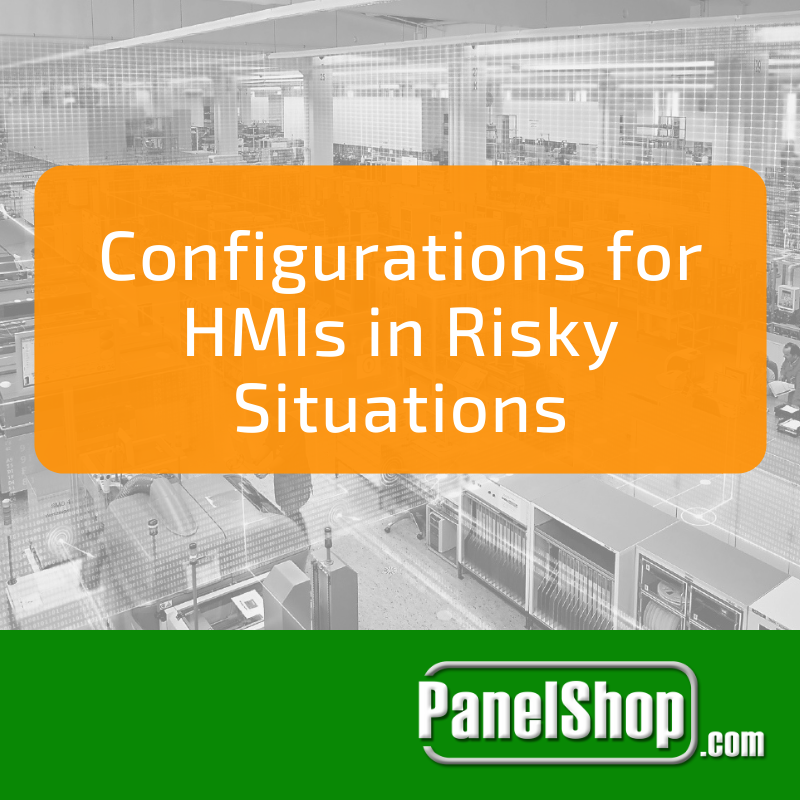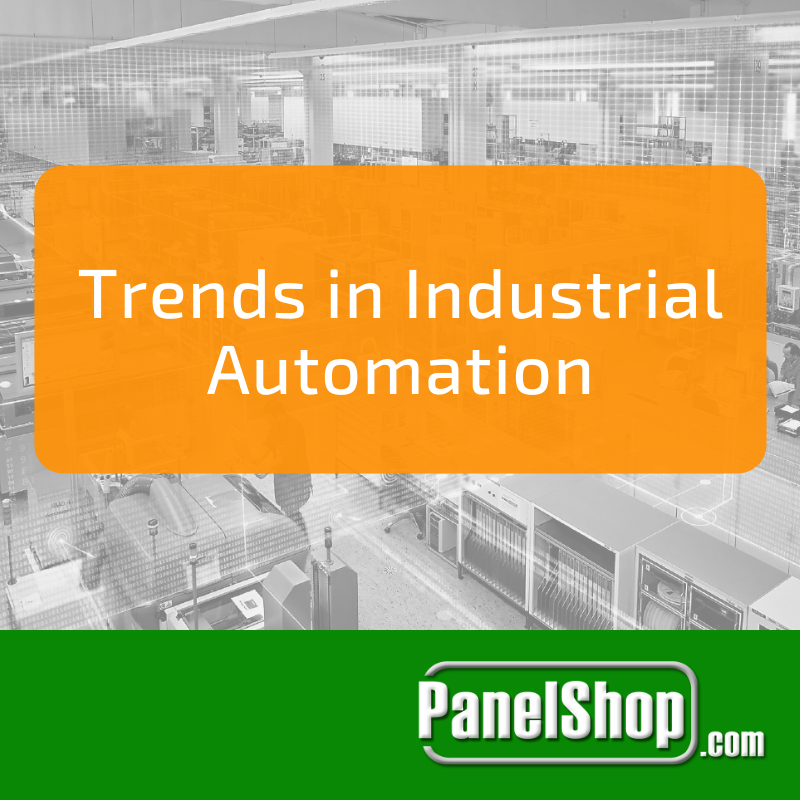
When looking at functionality, it is easy to trade productivity for safety, but usually machine safety is a primary concern. One way to have both is to integrate the safety functions of the machinery. Integrating safety functions into a process control system has a number of benefits, but there is debate on whether or not the two should be separated, and if so, by how much?
Integrated Systems
In any situation, there should be layers of safety precautions. One argument for their separation is that a failure of one layer should not affect the functionality of another layer; all layers should work independently of the others. However, when safety is integrated into the control system, it is easier to see data from all angles and respond more appropriately.
There is certainly a grey area in between total integration and total separation, though. It is possible for the control system and safety functions to share networks and interfaces without sharing controls and sensors. This means that a physical separation might not be the best. If both aspects of production can share the same physical base, but still be functionally separated, than a whole other set of challenges can be avoided.
Separate Systems
With two separate systems, more wiring is needed. This increases costs and makes maintenance and changes in the system much more costly and time consuming. Separate systems also have to clear hurdles of cooperation between two different operating systems and data collection methods. Training for their use is also doubled, alongside engineering efforts.
But there are still challenges with integration. These include common failures and more complex internal designs. However, benefits of integration include reduced installation costs, lower maintenance costs, and improved communication throughout a production system, along with improved flexibility of the system as a whole.
Because drastic improvements have been made in the world of integrated designs since their creation in the 80’s, it is now more economically and functionally beneficial to have integrated safety controls and process control systems, than to have two physically separate systems. Design issues have been solved - microprocessors and PLCs have ensured this - bringing greater technological advancements. So, currently, the benefits of integrated safety far outweigh the negative results.
You also may be interested in reading:
- How PLC’s Can Improve Safety in the Manufacturing Industry
- Optimizing Your HMI Panel
- I/O Choices for Machine Builders Enhance Flexibility





